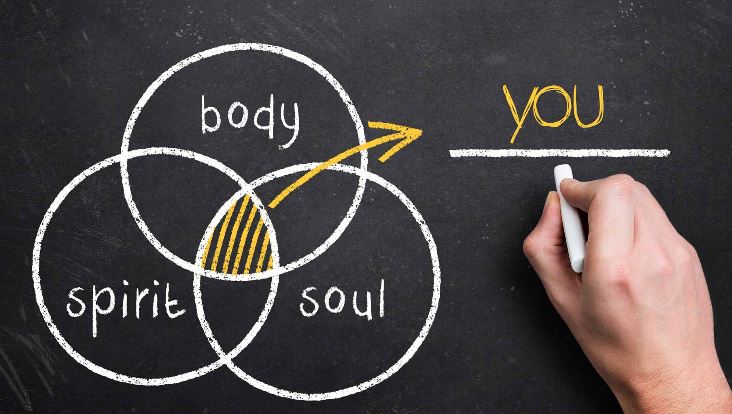What is body oriented therapy?
Body oriented therapy. Body-based therapy is a psychotherapy approach that focuses on working with the body. Many therapeutic approaches are called “talk therapy.” This means that they are primarily focused on talking about problems and finding ways to explore and study what is happening in a person’s life and how to fix it. These therapies often also use behavioral interventions: changing an individual’s behavior or response to a situation and applying what is discussed in sessions, even outside of them. Some types of psychotherapy approaches, however, are known as body-based, because they work with both the body and the mind.
Although body-based psychotherapy is now an umbrella term that refers to a variety of approaches, they originate from the work of Wilhelm Reich, who proposed that the body and mind are connected and that there are techniques that can be used to include the somatic part of a person in the therapeutic process.
Different approaches
These approaches often take into account the idea that emotional experiences affect the body. For example, trauma can cause physiological changes that can also be treated with the body. These types of therapy can be used for a range of problems such as anxiety, negative body image and others.
The body can communicate problems and can be used to solve important problems by working with the physical aspects of those problems. The basic elements of body-based therapy are often incorporated into other approaches – for example, learning to control breathing or relaxation techniques are common in various psychological therapies.
Codependency in relationships – Women who love too much
One of the key ideas of this type of therapy is that the body stores experiences. For example, it stores memories and reactions to trauma, which are expressed in the individual’s posture, as well as in the tension they feel. This type of therapy can benefit people who are not aware of their bodily sensations or who feel disconnected from themselves.
There is a lot of empirical evidence for the effectiveness of body-based therapy. It can be combined well with other treatment approaches. However, like all types of therapy, it may not be right for everyone. For people who have difficulty expressing their feelings in words or who complain about somatic, physical symptoms of mental disorders, it may be better to start working with the body instead of talking about their problems.
Somatic Experiencing Therapy
Body-oriented types of therapy require close and personal work with the therapist and can sometimes involve physical contact, which makes them less suitable for people who have difficulty with this, and some techniques require careful consideration of ethics and the responses of the patient and practitioner.
Body-oriented therapy can be used for a variety of problems, especially those with a pronounced somatic component. There are many techniques and approaches that help a person become more aware of their body and their feelings, to connect with themselves, and to deal with various problems in a physical way. Also, incorporating some of the techniques from these therapies can benefit the results of other types of therapy if the person has somatic problems or if they want to resolve traumatic experiences.
Keywords: PTSD, post traumatic stress disorder, body-based therapy, somatic experiencing, trauma, body psychotherapy, Licensed therapist near me in Manhattan NYC, Affordable therapy services in New York State, Holistic psychotherapy sessions in NYC, Somatic Experiencing therapy for trauma recovery in New York City, NARM therapy in Brooklyn, Licensed couples therapy in Manhattan, Gestalt therapy near me in NYC, Marriage counseling in Queens NYC, Therapy for anxiety treatment in NYC, Experienced psychotherapist in New York, Licensed psychotherapist near me in NYC, Somatic Experiencing therapy sessions in New York, Trauma therapy and counseling in Manhattan, Gestalt therapy sessions in New York City, Therapy sessions for emotional regulation in New York, Trauma therapy near me in Brooklyn New York, Licensed mental health therapist in Manhattan NYC, Depression therapy in New York, New York City therapist experienced in PTSD treatment
*Photo: GettyImages
*Contact: Make an appointment
*For companies: Creative manager
What is Ho’oponopono meditation?









